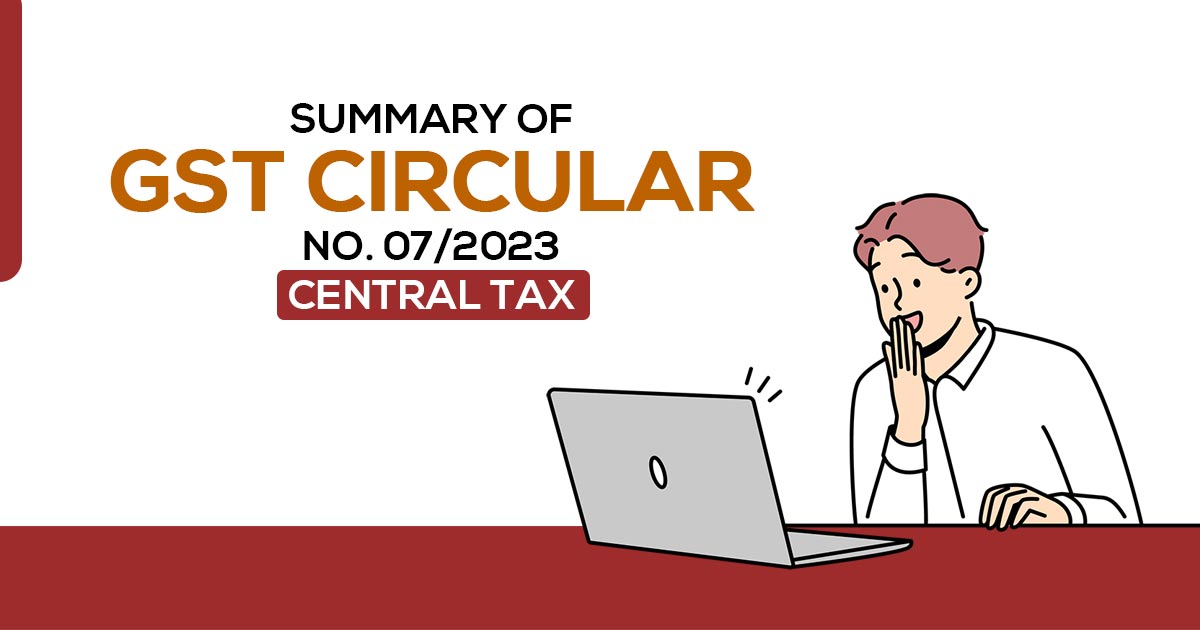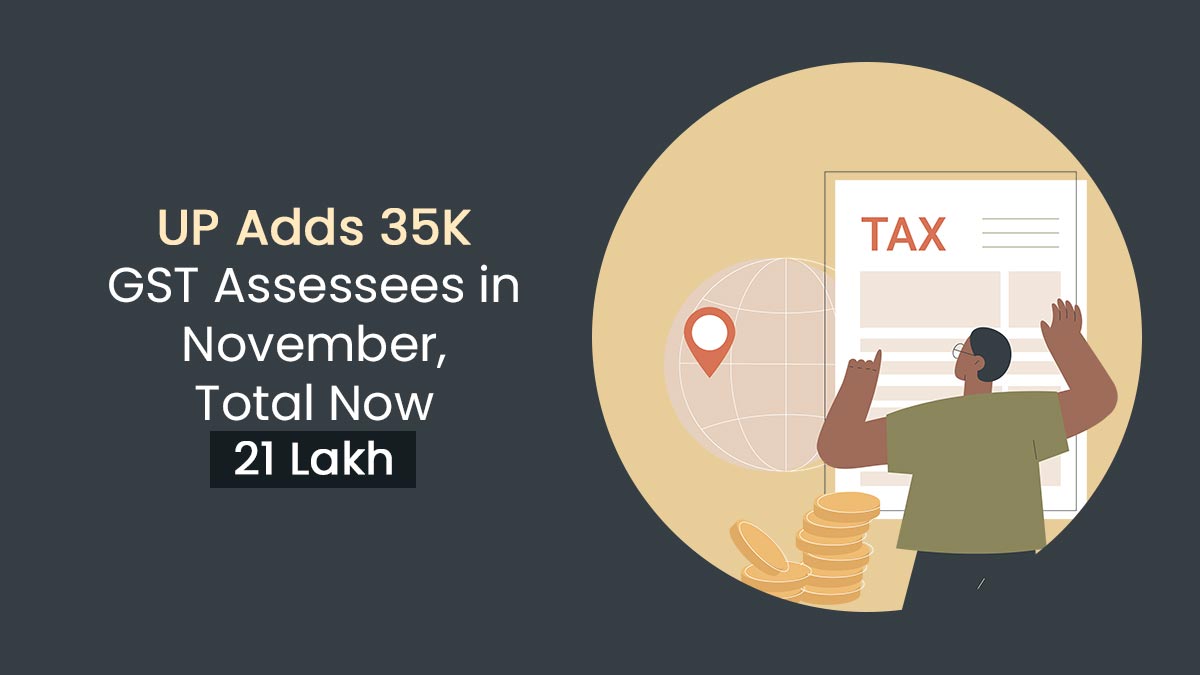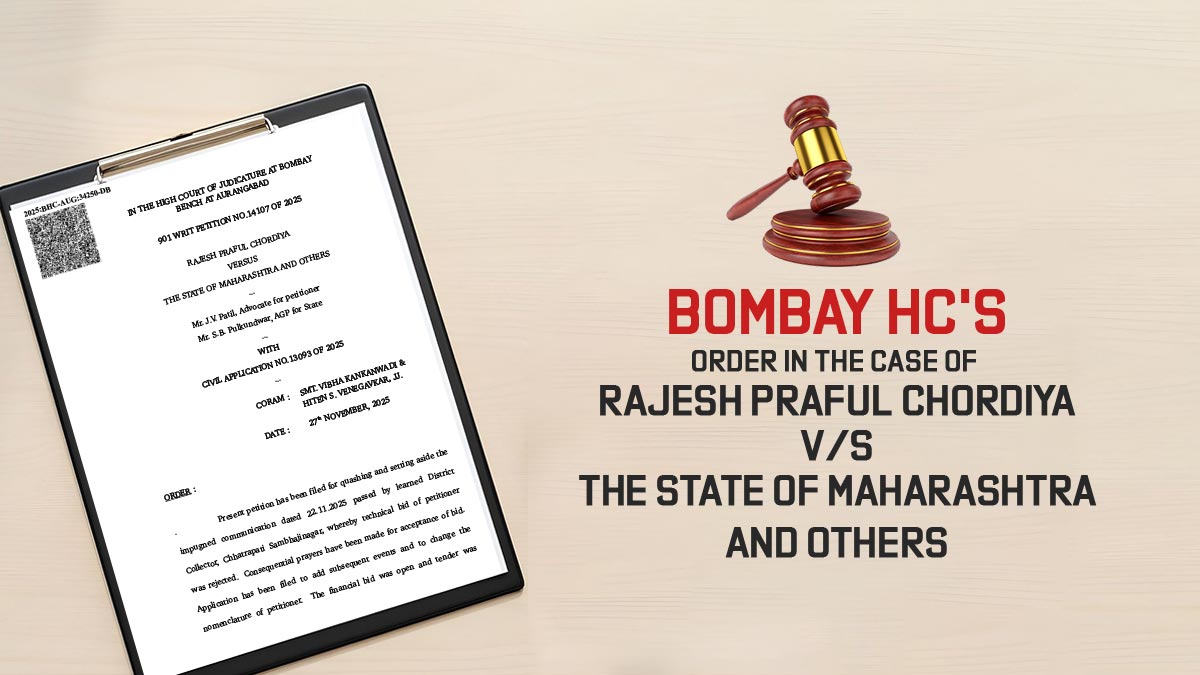
The most awaited GSTR-9 and 9C amnesty scheme has been released by the CBIC. Also, they released the Central Tax Notification 07.2023 on 31st March 2023, to advise on two resolutions that advantage GST annual return filers.
Note: 50th GST Council Meeting: In accordance with Section 62 of the CGST Act, 2017, the amnesty schemes notified by void notifications dated 31.03.2023 regarding non-filers of Form GSTR-4, GSTR-9 and GSTR-10 returns, revocation of registration cancellations and deemed withdrawals of assessment orders should be extended until 31.08.2023.
Businesses are discouraged from filing delayed GSTR-9 and 9C because of high late fees. It has happened many times that late fees have reached the figure of lakhs!
GSTR-9 & 9C Non-Filers Amnesty Scheme Up to FY 2021-22
The first and foremost thing that a business that has delayed filing its GSTR-9 & GSTR-9C annual returns can do under the scheme is to pay the charge with a concessional late fee. According to the Act, the notification makes it clear that the waiver is calculated in accordance with the law for the amount exceeding Rs. 10,000 per return.
If a business is ready to pay the previous year’s GSTR-9 & 9C, for example, 2018-19, it can proceed with the payment by paying a late fee of up to Rs. 20,000. The rest of the late fee over and above Rs. 20,000 is not necessary to be paid if the maximum cap is more than the actual computed late fee as fixed by CGST Section 47.
Non-filers of GSTR-9 & 9C will still be able to avail of the benefits of the GST amnesty scheme through June 30, 2023, which is in effect since April 1, 2023. From FY 2017–18 through FY 2021–22, any approved GST-registered person who has delayed GSTR–9 and GSTR-9C forms, is expected to do so before the deadline to avoid hefty fines.
It is crucial to file the delayed GSTR-9/9C returns in this duration because any additional delay could have undesirable results. The set time for filing any remaining returns, which has not yet been notified, but is fixed at three years in the Budget 2023. Let’s expect this move to come into action with a notice down the line. Tax authorities may impose legal actions on taxpayers and prohibit them from submitting previous GSTR-9 and GSTR-9C forms.
It is better to keep in mind that GSTR-9/9C must be filed even if it is a nil return and that it cannot be resolved once it has been filed. Therefore, in order to prevent receiving any notices issued by the department, taxpayers make sure the information provided is accurate in the delayed GSTR-9/9C filings.
For now, it is necessary to file GSTR-9/9C for taxpayers who pay taxes regularly, excluding a few, whose yearly turnover is more than Rs.2 crore throughout the respective financial year up to FY 2021-22. Additionally, the government can keep this cap in place for the ensuing fiscal years. However, once they use the GST e-invoicing system in the coming years, it might expand this to the lower turnover category.
Relieved Late Fee from FY 2022-23 for GSTR-9/9C
Furthermore, the notification also describes an updated late fee for various taxable options. The late fee varies in different scenarios like on what level of annual turnover the business (PAN level) comes under.
Up to Rs. 5 crores, the first slab levied on a late fee of Rs. 50 per day for each return. (Rs.25 each under CGST and SGST laws). However, only 0.04% (0.02% under respective Act) out of the state/UT’s total earnings should be levied as the maximum late charge.
Read Also: Comparison B/w GSTR 9 Annual & GSTR 9C Audit Return Forms
The second slab has a turnover of between Rs. 5 crores and Rs. 20 crores. There is a Rs. 100 per day per return late fee. (Rs.50 each under CGST and SGST laws). The late fee cannot be more than 0.04% (0.02% under each Act) of the state’s or UT’s collection.
Under the third and final slab, businesses with annual revenue of more than Rs. 20 crores fall.
The late cost is still Rs. 200 per day per return for the delay, as it was previously. (Rs.100 each under Central and state laws). The maximum late fee is capped at 0.50% of state/UT turnover (0.25% of state/UT turnover computed under each of the CGST and SGST statutes).
In the end, for the entities, it is crucial to avail the benefit of the GST amnesty scheme to provide the complete declaration of the information of GST while keeping themselves away from the possible issues of litigations and reducing the costs.









